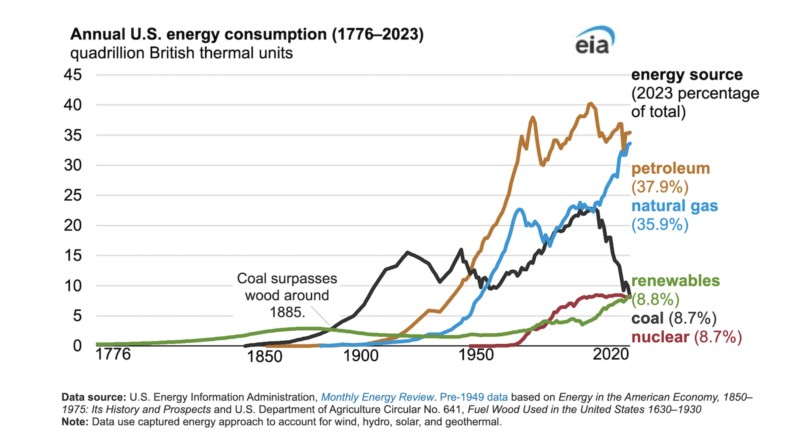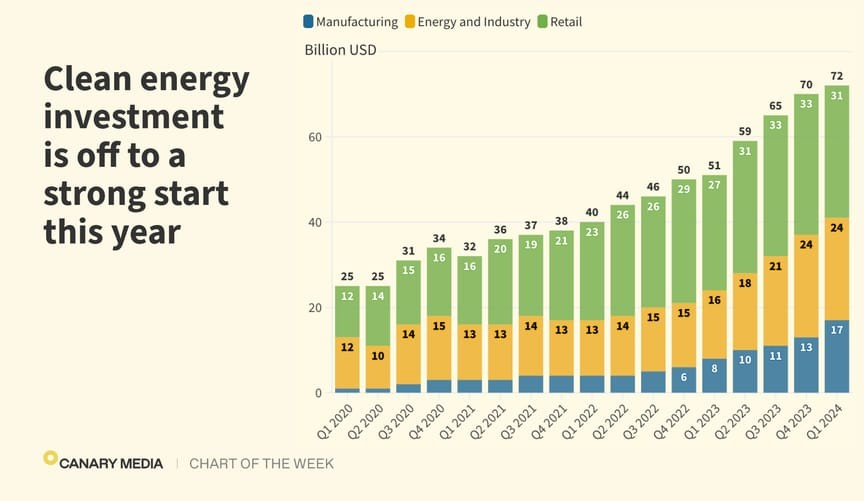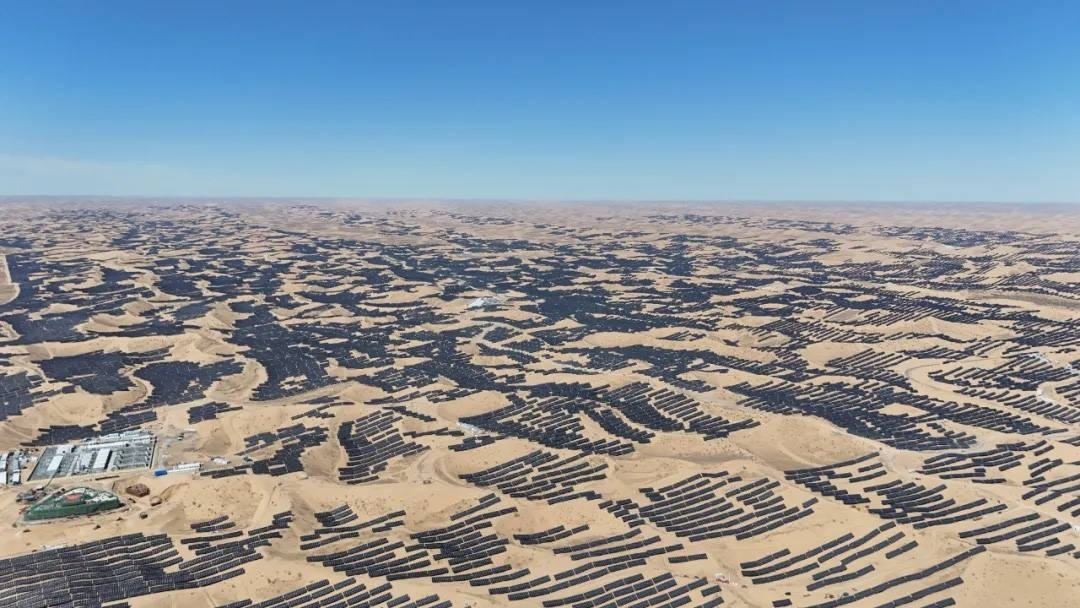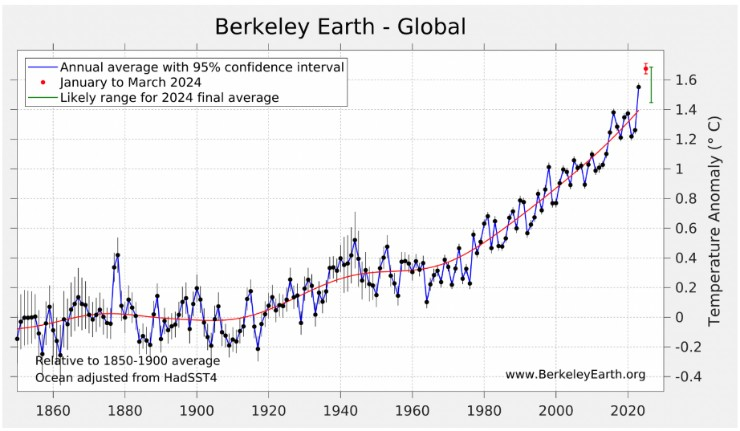We Have Been Through Energy Transitions Before
Red Bay is a fishing village in Labrador in its southeast corner, across from Newfoundland. It is a special underwater archeological site and was a Basque whaling station in the 1500’s. It is a World Heritage Site because some whaling boats are still there, underwater, along with pottery shards that were used for rendering the blubber into oil. The site may even predate the discovery of North America by Europeans in1492.
For the next 350 years whaling ships from a number of seaports killed millions of whales for their oil which was primarily used in lamps for lighting. It was a source of energy and was a major commodity in Europe and America. Note the image here; “Whale Fishery” from an article by Hannah Osborne, May 31,2024 in LiveScience.
The whaling industry was huge at its peak but over time it began an inexorable decline. When the whale populations were decimated, along with the oil and energy they provided, then came the discovery of oil in Pennsylvania in 1859 which eventually ended the hunt for whales. For the next 165 years crude oil became the next major source of energy and, of course, is still used today in enormous quantities.
Daily, 102 million barrels of oil are used globally, yes, every day, [along with coal and gas]. The resulting generation, and emission into Earth’s atmosphere, of billions of tons of carbon dioxide annually, is providing the “fuel” for the extreme weather events and climate change we see and hear about almost daily.
Hannah Osborne goes on to say, “A similar sea change is coming for petroleum, though when and how it will play out is still incredibly hazy.”
But a post-oil world is coming, and the whale industry discussed above is a very good analogy. When the whale oil industry collapsed just consider that impact: hundreds of whaling ships were no longer needed, nor seamen and captains and sail and rope makers and all of the infrastructure to purify, store and transport that whale oil to consumers. It was a big deal.
Currently, about 50% of global oil use is consumed by road vehicles of all types. According to Ms. Osborne, “the rise of electric vehicles [EVs] will usher in the next big drop in oil use.” According to research by RMI [Rocky Mountain Institute], they forecast that by 2030, two-thirds of all cars sold globally will be EVs, reducing nearly half of worldwide oil demand. This transition will also have a big impact on infrastructure and will take place over some decades.

In keeping with this theme look at the graph with several curves on it titled, “Annual U.S. energy consumption (1776-2023).” When we look at the energy sources over the past 250 years, we can see additional transitions that have taken place. [Whale oil is not included in the graph as it was primarily used for lighting as it was expensive and not used very much for cooking and space heating]. The data source is from the U.S. Energy Information Administration [eia].
As the graph illustrates, for over a century and early on in our country’s history, wood was the big source of energy used for cooking and heating. Indeed, most of the New England states consumed a major part of their forest cover for this purpose.
As the graph shows, in about 1885 coal surpassed wood for energy purposes and while today it provides only about 8.7% of our energy needs, it played a very important role in that capacity for over a century and more. Now petroleum, where consumption is beginning to drop, and gas, which continues to grow, are king.
But notice the line for renewables. It is at 8.8% and on a sharp upwards trajectory.
Note the bar chart titled, “Clean energy investment [for the U.S.] is off to a strong start this year.” It was provided by “Canary Media” and has three components to each vertical bar. As indicated it shows the investment by “Manufacturing” on the bottom of each bar; above it is the investment by “Energy and industry” and above that are the dollars invested by Retail”. The numbers in the latest bar for Q1 2024 are 17, 24, and 31 billion US dollars. These are major renewable investments, i.e. in solar, wind, hydro, geothermal, and more.

In keeping with these investments in the U.S., China continues to invest heavily in renewables, indeed, more than any other country. A recent report by Zachary Shahan in CleanTechnica on July 7, 2024 illustrates their commitment to renewables. The scale of a new solar farm installation there is enormous. It consists of 5.26 million solar panels and covers almost 40,000 acres and is rated at 3.5 gigawatts. It is the biggest on the planet. See aerial photo [image from CGDG] of desert terrain with solar panels stretching to the horizon.

And they are not done. They plan to install a total of 20 gigawatts by year’s end.
Meanwhile the laws of chemistry and physics still hold. While many of our leaders and nations dither, Earth’s temperature continues to rise at an accelerating pace. See graph, “Berkeley Earth – Global.” We are now almost 3 degrees Fahrenheit warmer than pre-industrial times.
Not good!

And so it goes.
The scientific career of Raymond N. Johnson, Ph.D., spanned 30 years in research and development as an organic/analytical chemist. He is currently founder and director of the Institute of Climate Studies USA (www.ICSUSA.org). Climate Science is published monthly.



